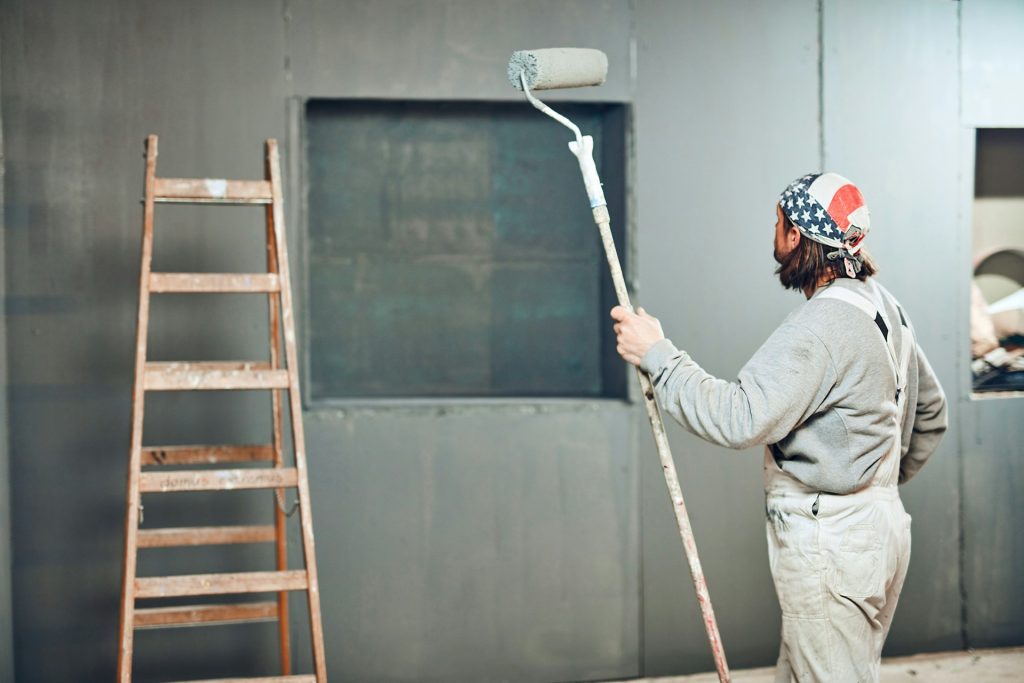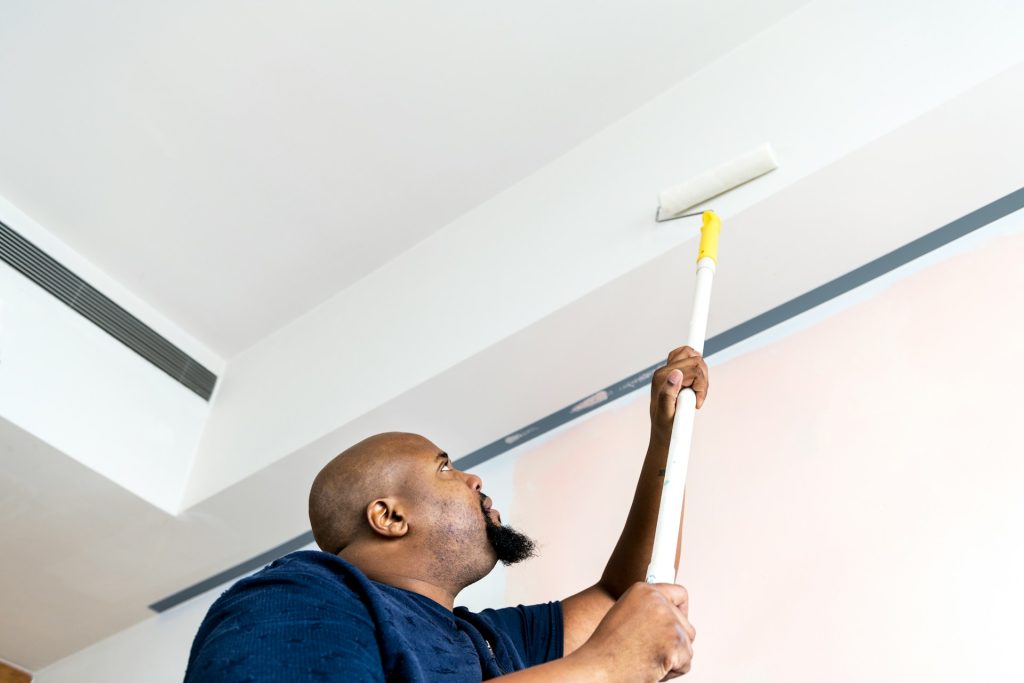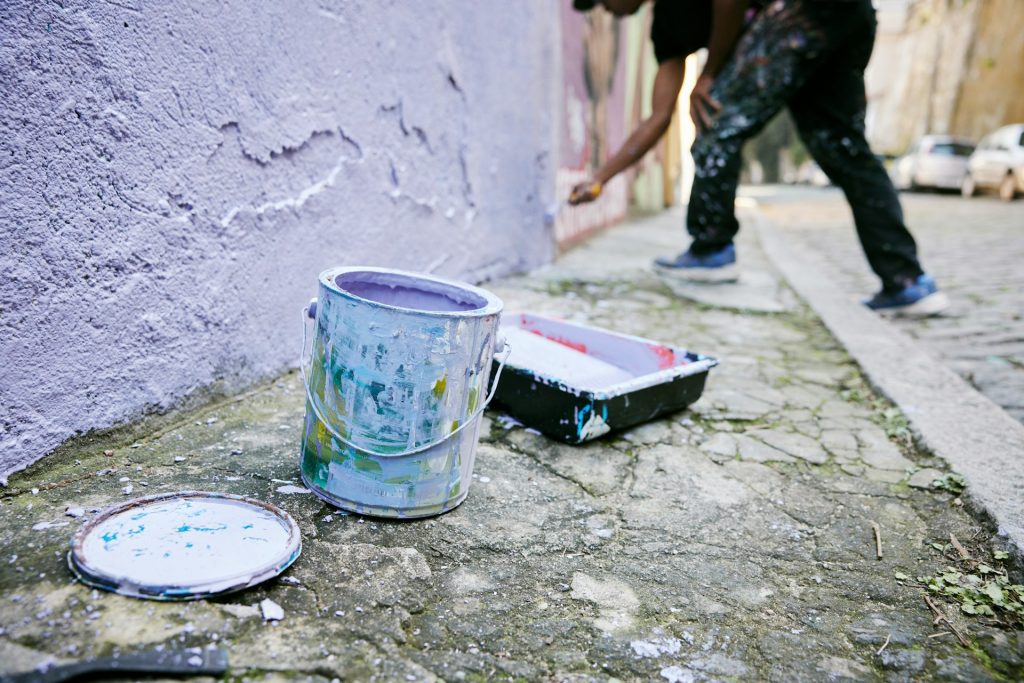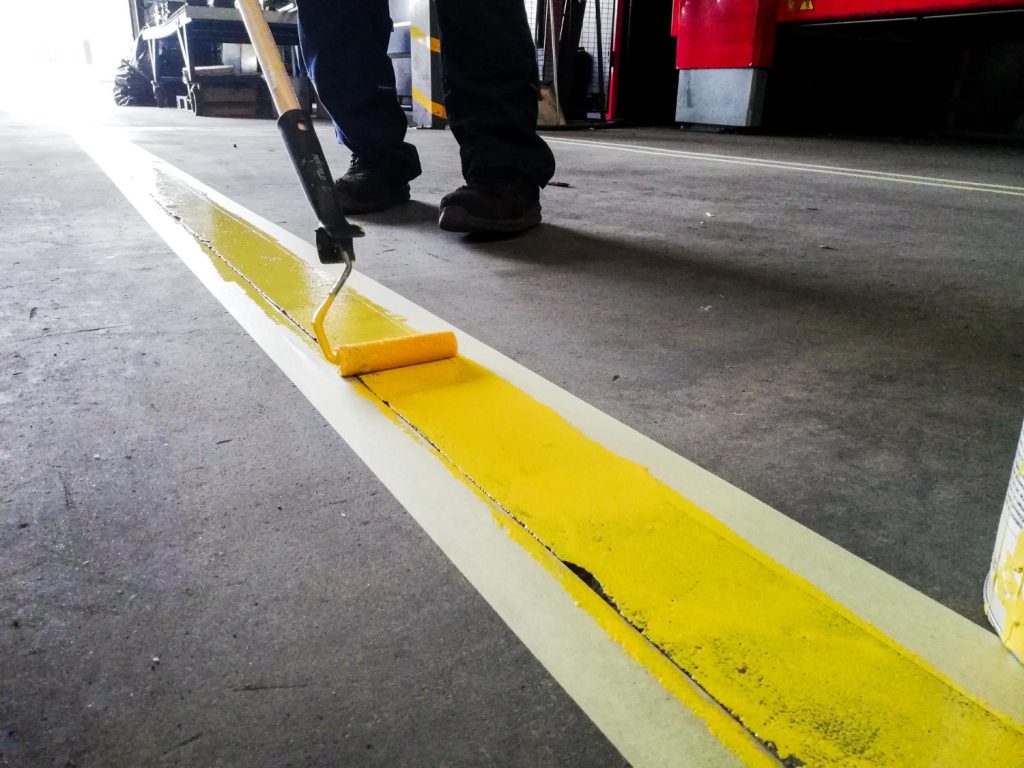Maintaining the value and appeal of commercial properties requires regular attention and care. A well-implemented maintenance program is crucial for ensuring that these properties remain in excellent condition, which in turn supports the business operations they house. Whether it’s a retail store, a school, a healthcare facility, or any other type of commercial building, consistent upkeep can prevent minor issues from escalating into significant problems.
Routine maintenance encompasses various services such as interior and exterior painting, protective coatings, graffiti removal, line marking, and more. Each of these elements plays a vital role in preserving both the functionality and aesthetics of a property. For instance, a fresh coat of paint not only revitalises the appearance of a building but also acts as a protective barrier against environmental wear and tear. Regular graffiti removal ensures that public perceptions remain positive, and line marking is essential for keeping parking areas and traffic flows organised and safe.
Implementing a maintenance program that covers all these aspects is not just about aesthetics; it’s about creating a safe, efficient, and welcoming environment for all users. By focusing on regular, preventative care, we can enhance the longevity of commercial properties and maintain their value over time. Investing in these practices ensures that businesses can operate smoothly and that the properties themselves remain an asset rather than a liability.
Enhancing Property Value Through Regular Maintenance
Regular maintenance is essential for maintaining and enhancing the value of commercial properties. When properties are consistently well-maintained, they attract higher quality tenants and clients. A well-kept building signals professionalism and care, which is crucial in sectors such as retail, hospitality, and healthcare. Furthermore, regular maintenance can extend the lifespan of building components, which reduces the need for expensive replacements and extensive repairs.
Routine maintenance activities such as interior and exterior painting, applying protective coatings, and performing graffiti removal contribute significantly to the property’s aesthetic appeal. Fresh paint revitalises the look of a property, making it more inviting to visitors and clients. Protective coatings help guard against environmental damage, ensuring that surfaces stay in good condition for longer. Graffiti removal, on the other hand, keeps the exterior looking clean and professional, which can deter further vandalism.
By investing in a comprehensive maintenance program, property owners can ensure higher occupancy rates and potentially command higher rental prices. This proactive approach not only preserves property value but can actually enhance it over time. Regular maintenance positions the property as a prime location, competitive within its market, and attractive to a wide range of potential tenants. In this way, routine upkeep is more than a cost—it's a strategic investment in the property's future.
Key Components of Effective Maintenance Programs
An effective maintenance program for commercial properties encompasses several crucial components that ensure comprehensive care. One of the primary elements is interior and exterior painting. Regular painting not only enhances the visual appeal of a property but also provides a protective layer against wear and tear. Choosing the right type of paint and ensuring timely applications can significantly extend the life of walls and other surfaces.
Protective coatings are another vital component. These coatings are designed to shield surfaces from environmental damage such as UV radiation, moisture, and pollutants. They are particularly useful for properties in harsh climates or high-traffic areas. By applying protective coatings, we can preserve the integrity of the building materials and reduce maintenance costs over the long term.
Graffiti removal is critical for maintaining the property’s appearance and reputation. Quick and effective removal of graffiti prevents it from becoming a recurring issue and helps maintain a clean, professional look. Efficient graffiti removal techniques ensure that surfaces are restored without causing damage to the underlying paint or material.
Line marking is essential for properties with parking facilities or areas that require clear demarcation of spaces. Proper line marking ensures the safe and organised flow of traffic and can enhance the user experience by clearly defining parking areas, walkways, and other important zones.
Finally, a comprehensive maintenance program should include regular inspections and scheduled upkeep to address issues before they escalate. By conducting periodic checks and adhering to a structured maintenance schedule, we can identify potential problems early on and take preventive measures. This approach not only keeps the property in optimal condition but also ensures that maintenance is carried out in a timely manner, minimising disruption to business operations.
By integrating these key components into a maintenance program, property owners can ensure that their commercial properties remain safe, attractive, and functional, providing a solid foundation for business success.
Cost Savings and Efficiency of Routine Upkeep
Routine maintenance programs offer significant cost savings and efficiency benefits for commercial properties. By addressing minor issues before they develop into major problems, property owners can avoid expensive repairs and replacements. For example, regular inspections and touch-ups of interior and exterior painting prevent peeling and flaking, which can lead to more extensive damage to the building’s structure.
Preventive measures such as applying protective coatings can extend the life of various surfaces, reducing the frequency and cost of repainting. Effective graffiti removal ensures that the façade of the property remains clean and presentable without the need for major cleaning expenses. Similarly, timely line marking keeps parking areas organised, reducing the wear and tear that can result from disorganised traffic flow.
Routine upkeep also ensures operational efficiency. When properties are well-maintained, there is less downtime for repairs, meaning that businesses can operate without interruptions. For government facilities like schools and hospitals, this is crucial for maintaining daily operations. Effective maintenance enhances the lifespan of the building’s infrastructure, ensuring that the property remains functional and safe for its intended use. Regular upkeep is an investment that pays off by minimising downtime and maximising the property's usability and appeal.
Best Practices for Scheduling and Implementing Maintenance Plans
Effective scheduling and implementation are key to a successful maintenance program. Start by conducting a thorough assessment of the property to identify areas that need attention. This includes both interior and exterior elements, such as paintwork, protective coatings, and line markings. Based on this assessment, develop a detailed maintenance schedule that prioritises high-traffic or high-risk areas.
Consistency is crucial. By adhering to a regular maintenance schedule, you ensure that issues are addressed promptly, preventing them from becoming bigger problems. Set up routine inspections to catch any emerging issues early. For example, schedule seasonal checks for both interior and exterior paint conditions, and address any graffiti removal needs as soon as they arise to maintain the property’s appearance.
Another best practice is to utilise professional services with expertise in commercial maintenance. Professionals can provide tailored solutions that are specific to the needs of your property type, whether it be a healthcare facility, educational institution, or retail space. They have the experience and equipment necessary to perform tasks efficiently and within budget.
Communication is also important. Keep detailed records of all maintenance activities and communicate regularly with the maintenance team to ensure everyone is aware of scheduled tasks and any potential issues. This approach enhances coordination and ensures that maintenance activities are carried out seamlessly.
By following these best practices, property owners can maintain their buildings in top condition, ensuring longevity and reducing the risk of unexpected disruptions.
Conclusion
Regular maintenance is not just about preserving the aesthetic value of commercial properties; it's an essential strategy for enhancing property value, ensuring operational efficiency, and achieving cost savings. Through services like interior and exterior painting, protective coatings, graffiti removal, and line marking, businesses can maintain a professional appearance and a safe environment. These elements together contribute to the property's longevity and functionality, making it a worthwhile investment.
Scheduled upkeep prevents small issues from escalating into major repairs, thereby saving significant costs in the long run. Additionally, efficient maintenance programs ensure that business operations are not disrupted, supporting continuous use of the property. With a professional approach to maintenance, scheduled reviews, and timely interventions, property managers can keep their commercial spaces in excellent condition.
To effectively manage your commercial property’s maintenance needs, consider implementing a comprehensive maintenance program that incorporates regular inspections and preventive care. If you're looking to enhance the value and efficiency of your property, contact Nu-Vision Painting today. Our
commercial painting service caters to the unique needs of your commercial space, ensuring it remains an asset for years to come.





